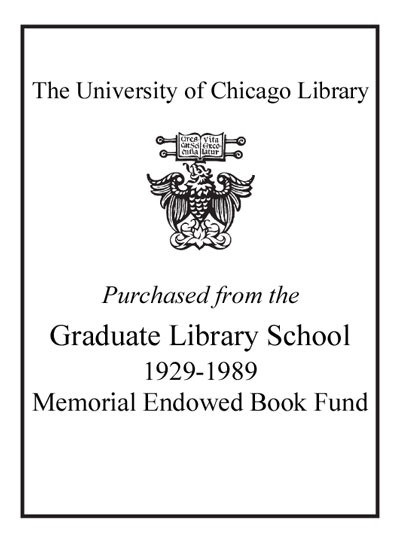| Notes: | "The decade of the 1940s was a turbulent one for Bengal. War, famine, riots and partition--Bengal witnessed it all, and the unique experience of each of these created a space for diverse social and political forces to thrive and impact lives of people of the province. The book embarks on a study of the last seven years of colonial rule in Bengal, analyzing the interplay of socioeconomic and political factors that shaped community identities into communal ones. The focus is on three major communal riots that the province witnessed--the Dacca Riots (1941), the Great Calcutta Killing (August 1946) and the Noakhali Riots (October 1946). However, the study does not limit itself to an understanding of communal violence alone; it also studies anti-communal resistane, expecially the Gandhian model of peace-keeping to enable a complete understanding of a communal riot. It analyzes the Bengal famine, tracing the nature of breakdown of Bengali society, and their dependence on relief and rehabilitation--which came thickly coated in communal colours and transformed community perceptions into communal identities. These events were closely tied with the politics around the Secondary Education Bill and the transformation of the Muslim League from an arm-chair organization to a more popular party demanding Pakistan, with a distinct socialist colouring and a support base not just among Muslims but also some sections among the Scheduled Castes. This book moves beyond the binary understanding of communalism as Hindu versus Muslim and looks at the caste politics in the province, and offers a thorough understanding of the 1940s before partition"--Back cover.
Includes bibliographical references (pages 263-269) and index.
|
|---|
| Summary: | The decade of the 1940s was a turbulent one for Bengal. War, famine, riots and partition--Bengal witnessed it all, and the unique experience of each of these created a space for diverse social and political forces to thrive and impact lives of people of the province. The book embarks on a study of the last seven years of colonial rule in Bengal, analyzing the interplay of socioeconomic and political factors that shaped community identities into communal ones. The focus is on three major communal riots that the province witnessed--the Dacca Riots (1941), the Great Calcutta Killing (August 1946) and the Noakhali Riots (October 1946). However, the study does not limit itself to an understanding of communal violence alone; it also studies anti-communal resistane, expecially the Gandhian model of peace-keeping to enable a complete understanding of a communal riot. It analyzes the Bengal famine, tracing the nature of breakdown of Bengali society, and their dependence on relief and rehabilitation--which came thickly coated in communal colours and transformed community perceptions into communal identities. These events were closely tied with the politics around the Secondary Education Bill and the transformation of the Muslim League from an arm-chair organization to a more popular party demanding Pakistan, with a distinct socialist colouring and a support base not just among Muslims but also some sections among the Scheduled Castes. This book moves beyond the binary understanding of communalism as Hindu versus Muslim and looks at the caste politics in the province, and offers a thorough understanding of the 1940s before partition--back cover.
|
|---|

